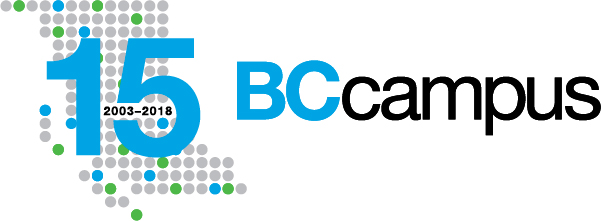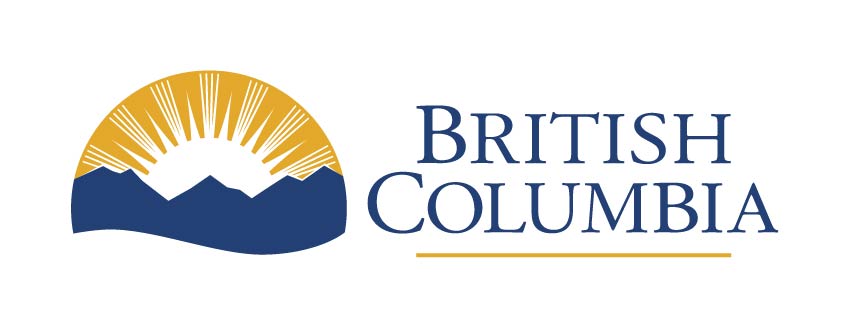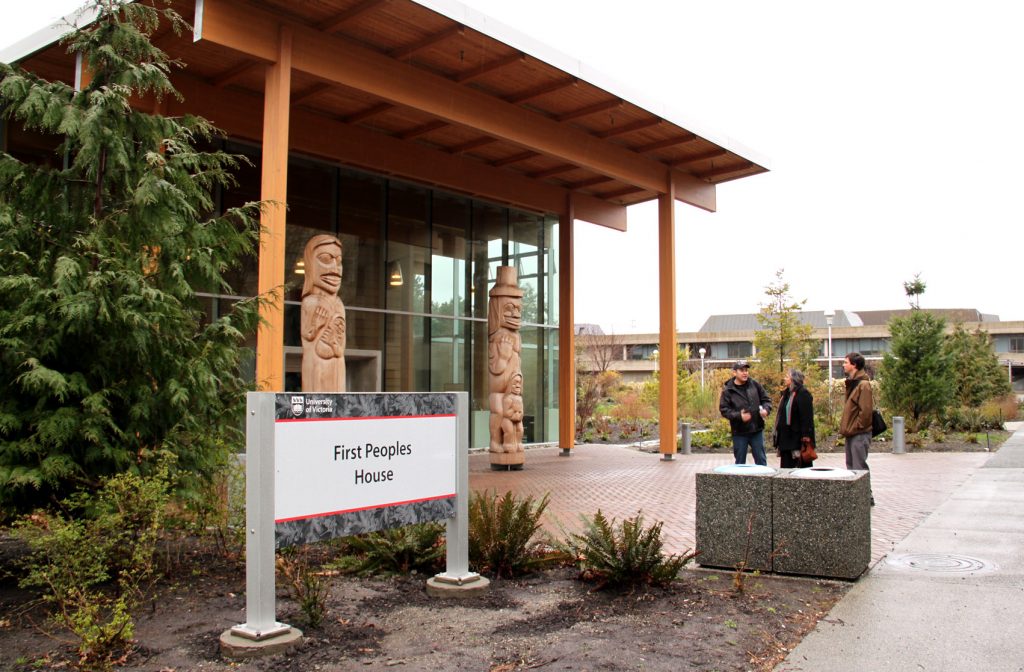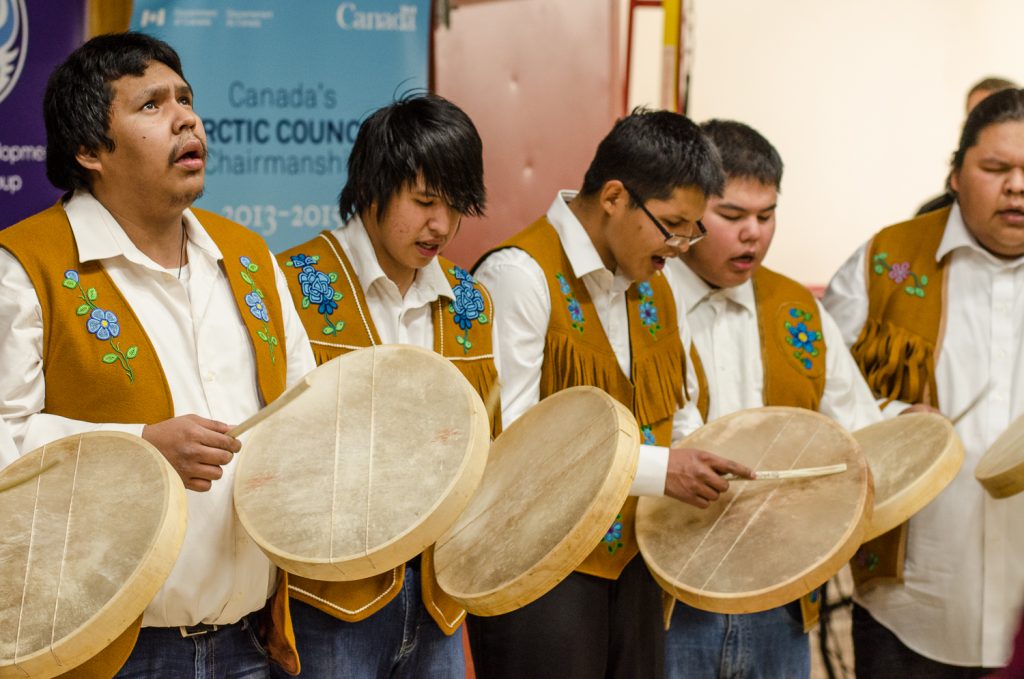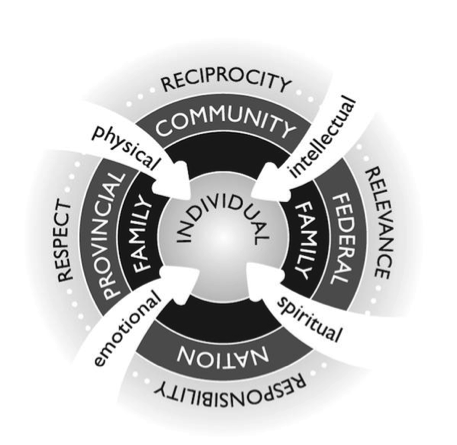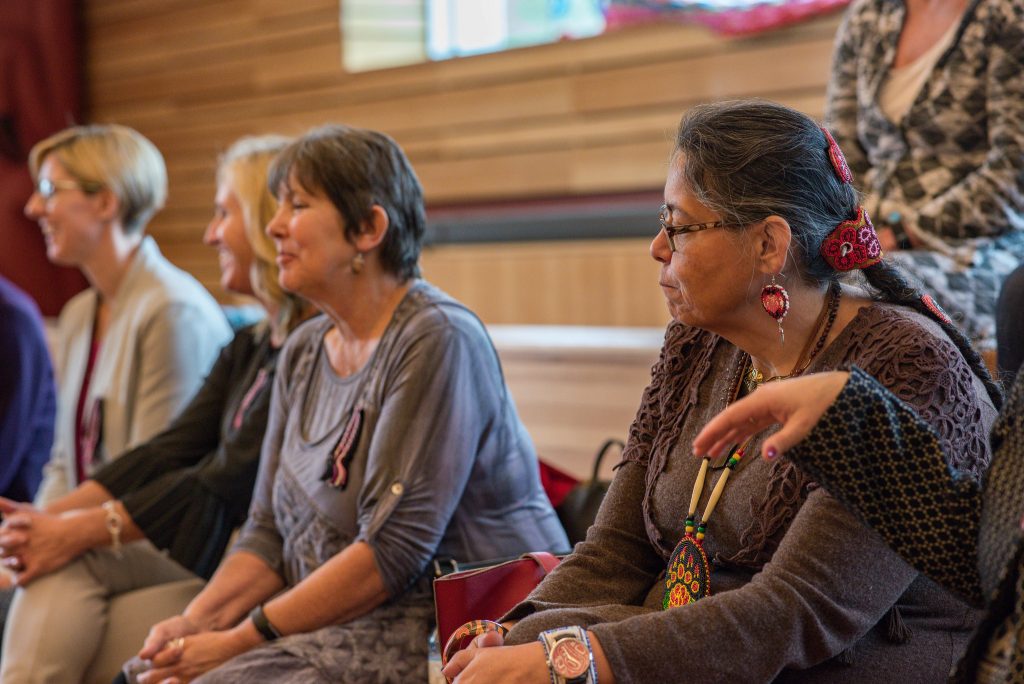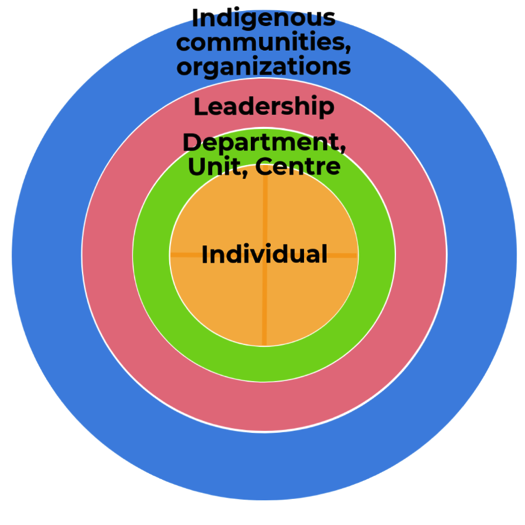Articles (journals)
Adelman, H. S., Taylor, L., & Nelson, P. (2013). Native American students going to and staying in postsecondary education: An intervention perspective. American Indian Culture & Research Journal, 37(3), 29-56.
Andersen, C. (2011). “I’m Métis, What’s your excuse?”: On the optics and the ethics of the misrecognition of Métis in Canada. Aboriginal Policy Studies, 1(2), 161-165. DOI http://dx.doi.org/10.5663/aps.v1i2.11686
Archibald, J., Selkirk Bowman, S., Pepper, F., Urion, C., Mirenhouse, G., & Shortt, R. (1995). Honoring what they say: Post-secondary experiences of First Nations graduates. Canadian Journal of Native Education, 21(1), 1-247.
Barman, J., & Evans, M. (2009). Reflections on being, and becoming, Métis in British Columbia. BC Studies, (161), 59-91.
Battiste, M., Bell, L., & Findley, L. M. (2002). Decolonizing education in Canadian universities: An interdisciplinary, international, Indigenous research project. Canadian Journal of Native Education, 26(2), 82-95.
Belgarde, M. J., & LoRÉ, R. K. (2004). The retention intervention study of Native American undergraduates at the University of New Mexico. Journal of College Student Retention: Research, Theory & Practice, 5(2), 175-203.
Bonnycastle, C., & Prentice, S. (2011). Childcare and caregiving: Overlooked barriers for northern post-secondary women learners. The Canadian Journal of Native Studies, 31(1), 1-16.
Brayboy, B. M. J., Fann, A. J., Castagno, A. E., & Solyom, J. A. (2012). Postsecondary education for American Indian and Alaska Natives. ASHE Higher Education Report, 37(5), 1-154.
Campbell, A. E. (2007). Retaining American Indian/Alaskan Native students in higher education: A case study of one partnership between the Tohono O’odham Nation and Pima Community College, Tucson, AZ. Journal of American Indian Education, 46(2), 19-41.
Gaudry, A. & Hancock, R. L. A. (2012). Decolonizing Métis pedagogies in post-secondary settings. Canadian Journal of Native Education, 35(1), 7- 22.
Kendall, F. E. (2002). Understanding white privilege. Retrieved from https://www.cpt.org/files/Undoing%20Racism%20-%20Understanding%20White%20Privilege%20-%20Kendall.pdf
Larimore, J. A., & McClellan, G. S. (2005). Native American student retention in U.S. postsecondary education. New Directions for Student Services(109), 17-32.
Lowe, S. C. (2005). This is who I am: Experiences of Native American students. New Directions for Student Services(109), 33-40.
Okagaki, L., Helling, M. K., & Bingham, G. E. (2009). American Indian College students’ ethnic identity and beliefs about education. Journal of College Student Development, 50(2), 157-176.
Parent, A. (2017). Visioning as an integral element to understanding Indigenous learners transition to university. Canadian Journal of Higher Education, 47(2), 153-170.
Pavel, D. M. (1999). American Indians and Alaska Natives in higher education: Promoting access and achievement. In K. G. Swisher & J. Tippeconnic (Eds.), Next Steps: Research and practice to advance Indian education (pp. 239-258). Charleston, SC: ERIC.
Pidgeon, M., & Hardy Cox, D. (2005). Perspectives of Aboriginal student services professionals: Aboriginal student services in Canadian universities. Journal of Australian & New Zealand Student Services, (25), 3-30.
Pidgeon, M. & Rogerson, C. (2017). Lessons learned from Aboriginal students’ housing experiences: Supporting Aboriginal student success. Journal of College & University Student Housing, 44(1), 48-73.
Singson, J. M., Tachine, A. R., Davidson, C. E., & Waterman, S. J. (2016). A second home: Indigenous considerations for campus housing. The Journal of College and University Student Housing, 42(2), 110-125.
Stewart, S. C. (2006). First Nations education: Financial accountability and educational attainment. Canadian Journal of Education, 29(4), 998-1018. doi:10.2307/20054208
Timmons, V. (2013). Aboriginal students’ perceptions of post-secondary success initiatives. The Canadian Journal of Native Studies, 33(1), 231-237.
Waterman, S. (2012). Home-going as a strategy for success among Haudenosaunne college and university students. Journal of Student Affairs Research & Practice, 49(2), 193-209. doi: 10.1515/jsarp-2102-6378
Wildcat, R. (2005). Indigenizing the future: Why we must think spatially in the twenty-first century. American Studies, 46(3/4), 417-440. Retrieved https://kuscholarworks.ku.edu/bitstream/handle/1808/5841/ins.vSP.n1.417-440.pdf;sequence=1
Williamson, J., & Dalal, P. (2007). Indigenising the curriculum or negotiating the tensions at the cultural interface? Embedding Indigenous perspectives and pedagogies in a university curriculum. The Australian Journal of Indigenous Education, 36(S1), 51-58. doi:10.1017/S1326011100004701
Books, reports
Allan, B. & Smylie, J. (2015). First peoples, second class treatment: The role of racism in the health and well-being of Indigenous peoples in Canada. Toronto, ON: Wellesley Institute.
Andersen, C. (2014). Métis: Race, recognition, and the struggle for Indigenous peoplehood. Vancouver, BC: UBC Press.
Battiste, M. (2013). Decolonizing education: Nourishing the learning spirit. Saskatoon, SK: Purich.
Hardy Cox, D., & Strange, C. (Eds.). (2010). Achieving student success: Effective student services in Canadian higher education. Montreal, QC: McGill University Press.
Hooks, B. (1994). Teaching to transgress: Education as the practice of freedom. New York, NY: Routledge.
Huffman, T. (2008). American Indian higher educational experiences: Cultural visions and personal journeys. New York, NY: Peter Lang.
Jothen, K., Avison, D., Cormode, S., Merkel, G., Rae, J., & Young, R. (2011). Final Report Evaluation of the BC Aboriginal Post-secondary Education Strategy. Victoria, BC: Ministry of Advanced Education. Retrieved from http://www2.gov.bc.ca/assets/gov/education/post-secondary-education/aboriginal-education-training/apses_evaluation_report.pdf.
Kenny, C., & Fraser, T. N. (Eds.). (2012). Living indigenous leadership: Native narratives on building strong communities. Vancouver, BC: UBC Press.
Macdougall, B. (2017). Land, family and identity: Contextualizing Métis health and well being. Prince George, BC: National Collaborating Centre for Aboriginal Health.
Malatest, R. A., & Associates Ltd. (2010). Promising practices: Increasing and supporting participation for Indigenous students in Ontario. Retrieved from Toronto: http://www.afn.ca/uploads/files/education2/promising_practices_increasing_and_supporting_participation_for_aboriginal_students_in_ontario-_2010.pdf
Millennium Scholarship Foundation (2005). Changing course: Improving Aboriginal access to post-secondary education in Canada. Millennium Research Note #2. Retrieved from https://library.carleton.ca/sites/default/files/find/data/surveys/pdf_files/millennium_2005-09_rn-2_en.pdf
Mihesuah, D. A., & Wilson, A. C. (Eds.). (2004). Indigenizing the academy: Transforming scholarship and empowering communities. Lincoln, NB: University of Nebraska Press.
Peters, E., & Andersen, C. (Eds.). (2013). Indigenous in the city. Vancouver, BC: UBC Press. https://www.ubcpress.ca/indigenous-in-the-city
Regan, P. (2010). Unsettling the settler within: Indian residential schools, truth telling, and reconciliation in Canada. Vancouver, BC: UBC Press.
Shotton, H., Lowe, S. C., & Waterman, S. J. (Eds.). (2013). Beyond the asterisk: Understanding Native students in higher education. Sterling, VA: Stylus.
Stonechild, B. (2006). The new buffalo: The struggle for Aboriginal post-secondary education in Canada. Winnipeg, MB: University of Manitoba Press.
Strange, C., & Hardy Cox, D. (Eds.). (2016). Serving diverse students in Canadian higher education. Montreal, QC: McGill University Press.
Tippeconnic Fox, M. J., Lowe, S. C., McClellan, G. S. (Eds). (2005). Serving Native American students. New Directions for Student Services, vol. 109. San Francisco: Jossey-Bass.
Toulouse, P. R. (n/d). Supporting Aboriginal student success: Self-esteem and identity, A living teachings approach. Retrieved from http://indspire.ca/wp-content/uploads/2016/08/Supporting-Aboriginal-Student-Success-Self-Esteem-and-Identity-A-Living-Teachings-Approach.pdf
Online resources
Other student development models
